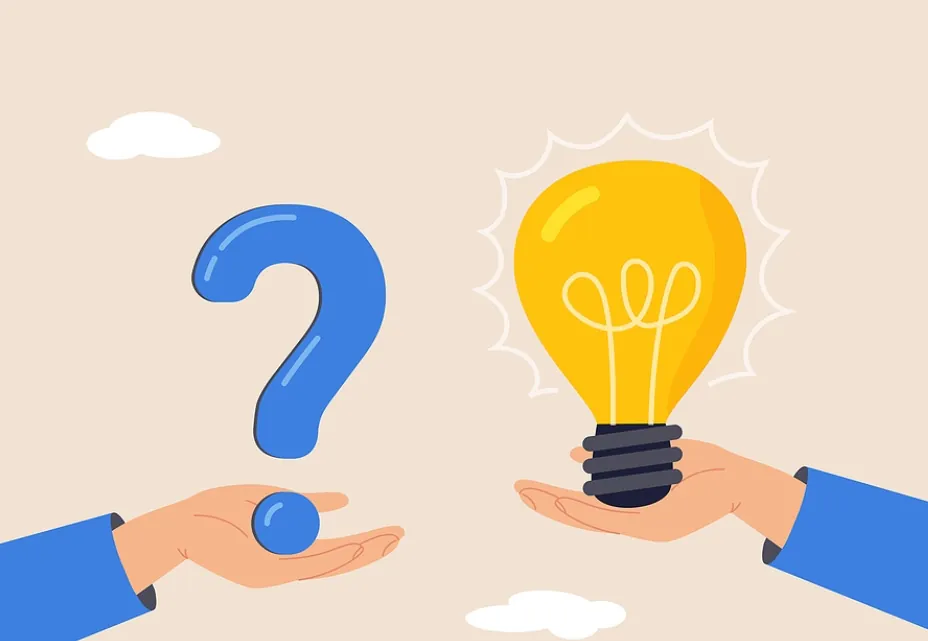Effective learning strategies are crucial for enhancing knowledge acquisition among students. By employing various techniques tailored to different learning styles, educators can foster an environment that promotes deeper understanding and retention of information. This article explores several effective learning strategies that can significantly improve students’ learning outcomes.
Key Learning Strategies

1. Active Learning
Active learning involves engaging students in the learning process rather than passively receiving information.
- Group Discussions: Encourage students to engage in discussions about the material. This promotes critical thinking and allows them to articulate their understanding.
- Hands-On Activities: Incorporate experiments, simulations, or role-playing activities to provide practical experience with the concepts being taught.
2. Spaced Repetition
Spaced repetition is a technique that involves reviewing material at increasing intervals over time.
- Flashcards: Use flashcards to test knowledge on key concepts. Review them periodically to reinforce memory retention.
- Scheduled Reviews: Plan regular review sessions in the study schedule, allowing students to revisit material before assessments.
3. Multimodal Learning
Different students have different learning preferences. Utilizing multiple modes of learning can enhance understanding.
- Visual Aids: Incorporate diagrams, charts, and videos to cater to visual learners. Visual representations can simplify complex information.
- Auditory Techniques: Use podcasts, lectures, or discussions for auditory learners. Encourage students to explain concepts aloud to reinforce understanding.
4. Metacognitive Strategies
Metacognition involves awareness of one’s own learning processes and strategies.
- Self-Assessment: Encourage students to evaluate their understanding of the material through self-quizzes or reflective journaling.
- Goal Setting: Help students set specific learning goals and develop plans to achieve them. This fosters a sense of ownership over their learning.
Collaborative Learning
1. Peer Teaching
- Study Groups: Organize study groups where students can explain concepts to one another. Teaching reinforces their own knowledge and identifies gaps.
- Tutoring Programs: Implement peer tutoring programs, where more knowledgeable students help others, promoting collaborative learning.
2. Project-Based Learning
Project-based learning encourages students to work together on a project, integrating knowledge from various subjects.
- Real-World Problems: Assign projects that address real-world issues, encouraging students to apply their knowledge in practical situations.
- Interdisciplinary Approach: Foster collaboration across different subjects, allowing students to see connections between various fields of study.
Technology Integration
1. Educational Technology
Utilizing technology can enhance learning experiences and provide additional resources.
- Online Learning Platforms: Use platforms like Khan Academy or Coursera to supplement classroom learning with interactive content.
- Interactive Tools: Incorporate tools like Kahoot! or Quizizz for engaging quizzes and interactive learning experiences.
2. Digital Collaboration
Encourage students to use digital tools for collaboration and knowledge sharing.
- Collaborative Documents: Use tools like Google Docs for group projects, allowing students to work together in real-time.
- Discussion Forums: Create online discussion boards where students can share ideas, ask questions, and collaborate on assignments.
Reflection and Feedback
1. Continuous Feedback
Providing regular feedback helps students understand their progress and areas for improvement.
- Formative Assessments: Use quizzes and informal assessments to gauge understanding and provide timely feedback.
- Peer Feedback: Encourage students to give and receive feedback on each other’s work, promoting a culture of constructive criticism.
2. Reflective Practices
Encouraging reflection helps students internalize their learning experiences.
- Learning Journals: Have students maintain journals to reflect on what they’ve learned, challenges faced, and strategies used.
- Post-Assessment Reflection: After assessments, ask students to reflect on their performance, identifying strengths and areas for improvement.
Conclusion
Implementing effective learning strategies is essential for improving knowledge acquisition in students. By fostering active learning, utilizing spaced repetition, embracing multimodal approaches, and integrating technology, educators can enhance students’ learning experiences.
Additionally, collaborative learning, continuous feedback, and reflective practices contribute to a deeper understanding and retention of knowledge. With these strategies, educators can create an engaging and supportive learning environment that empowers students to achieve their academic goals.
Read Also About Tech literacy, or technology literacy, refers to the ability to effectively and critically navigate the digital world. In today’s society, understanding how to use various technologies—from basic computer skills to understanding how to protect personal data



